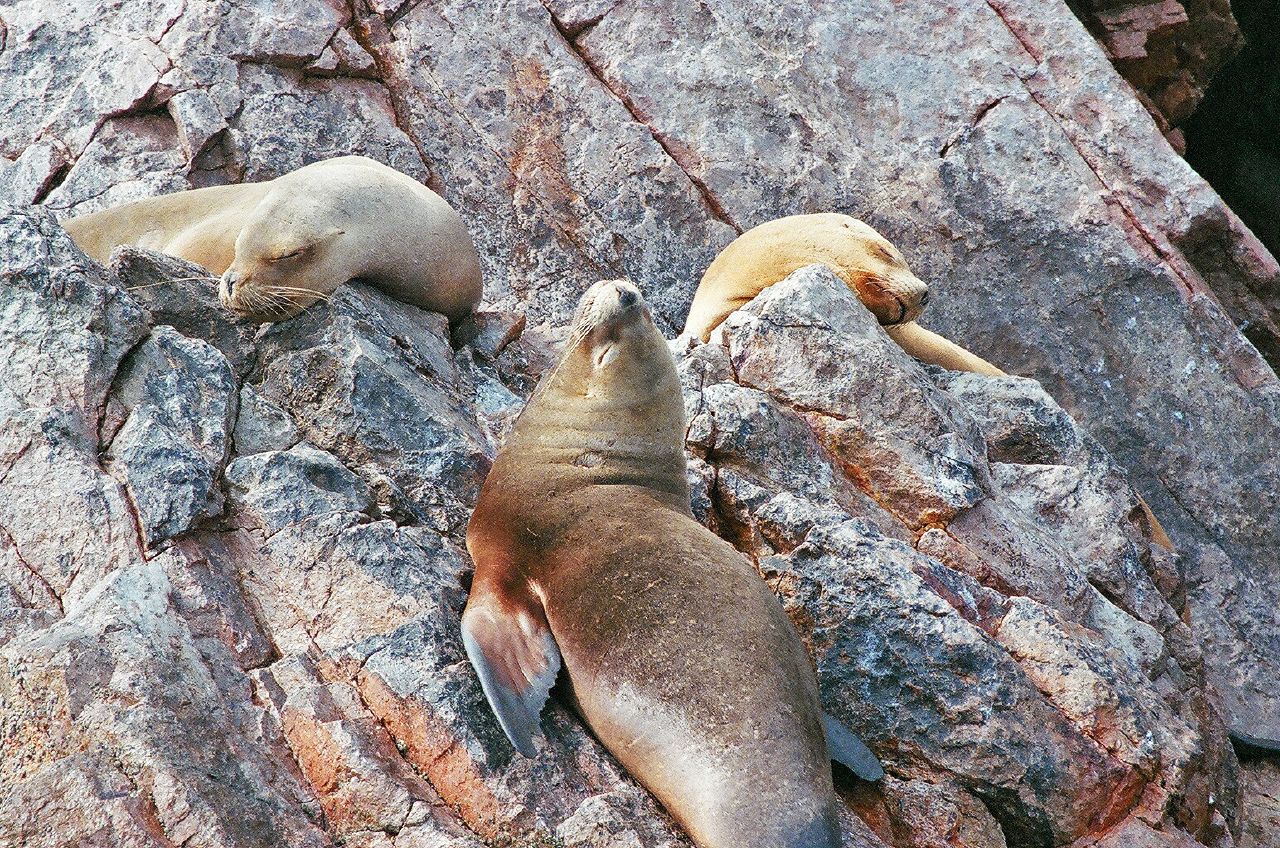|
Lupinus Albert-smithianus
''Lupinus albert-smithianus'' is a species of lupine that is native to Peru. It is a non-climbing shrub that grows in the montane biome. It was first published in Spec. Lupinorum: 279 (1941) by Charles Piper Smith Charles Piper Smith (1877 – 1955) was an American botanist Botany, also called plant science, is the branch of natural science and biology studying plants, especially Plant anatomy, their anatomy, Plant taxonomy, taxonomy, and Plant ecolo .... It most commonly is found in June, with all six GBIF observations being in June. It was found five times in 1929 and once in 1966. References albert-smithianus Flora of Peru Endemic flora of Peru {{Lupinus-stub ... [...More Info...] [...Related Items...] OR: [Wikipedia] [Google] [Baidu] |
Lupinus
''Lupinus'', commonly known as lupin, lupine, or regionally bluebonnet, is a genus of plants in the legume family Fabaceae. The genus includes over 199 species, with centre of diversity, centres of diversity in North America, North and South America. Smaller centres occur in North Africa and the Mediterranean Basin, Mediterranean. They are widely cultivated, both as a food source and as ornamental plants, but are invasive to some areas. Description The species are mostly herbaceous perennial plants tall, but some are annual plants and a few are bush lupin, shrubs up to tall. An exception is the ''chamis de monte'' (''Lupinus jaimehintonianus'') of Oaxaca in Mexico, which is a tree up to tall. Lupins have soft green to grey-green leaves which may be coated in silvery hairs, often densely so. The leaf blades are usually palmately divided into five to 28 leaflets, or reduced to a single leaflet in a few species of the southeastern United States and eastern South America. Th ... [...More Info...] [...Related Items...] OR: [Wikipedia] [Google] [Baidu] |
Peru
Peru, officially the Republic of Peru, is a country in western South America. It is bordered in the north by Ecuador and Colombia, in the east by Brazil, in the southeast by Bolivia, in the south by Chile, and in the south and west by the Pacific Ocean. Peru is a Megadiverse countries, megadiverse country, with habitats ranging from the arid plains of the Pacific coastal region in the west, to the peaks of the Andes mountains extending from the north to the southeast of the country, to the tropical Amazon basin rainforest in the east with the Amazon River. Peru has Demographics of Peru, a population of over 32 million, and its capital and largest city is Lima. At , Peru is the List of countries and dependencies by area, 19th largest country in the world, and the List of South American countries by area, third largest in South America. Pre-Columbian Peru, Peruvian territory was home to Andean civilizations, several cultures during the ancient and medieval periods, and has one o ... [...More Info...] [...Related Items...] OR: [Wikipedia] [Google] [Baidu] |
Charles Piper Smith
Charles Piper Smith (1877 – 1955) was an American botanist Botany, also called plant science, is the branch of natural science and biology studying plants, especially Plant anatomy, their anatomy, Plant taxonomy, taxonomy, and Plant ecology, ecology. A botanist or plant scientist is a scientist who s .... References 1877 births 1955 deaths American botanists {{US-botanist-stub ... [...More Info...] [...Related Items...] OR: [Wikipedia] [Google] [Baidu] |
Flora Of Peru
Peru has some of the greatest biodiversity in the world. It belongs to the select group of mega diverse countries because of the presence of the Andes, Amazon rainforest, and the Pacific Ocean. It has the fourth-most tropical forests of any country and the ninth-most forest area. The country is ranked among the five countries with the greatest biodiversity in the world according to various studies. Natural protected areas The 1993 Constitution of Peru recognized the natural resources and ecosystems of Peru as part of its heritage. In 1999, the National System of Natural Areas Protected by the State () was established by the Peruvian government. SINANPE consists of natural areas under national administration, managed and overseen by the National Service of Natural Protected Areas by the State (SERNANP). They also created a map of protection and preservation of historical–cultural heritage and nature. Peru has 76 natural protected areas (more of 15% of the country surface ar ... [...More Info...] [...Related Items...] OR: [Wikipedia] [Google] [Baidu] |

